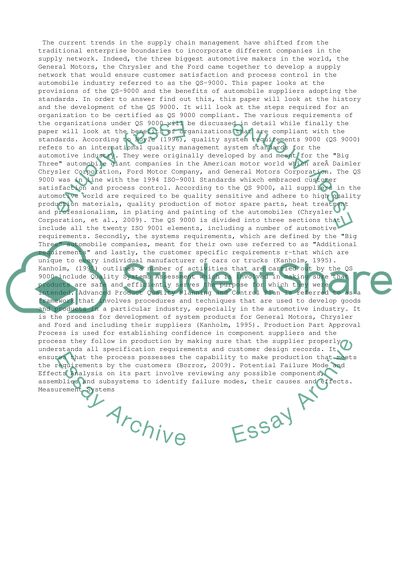Cite this document
(“QS-9000 Research Paper Example | Topics and Well Written Essays - 2500 words”, n.d.)
Retrieved from https://studentshare.org/management/1476795-qs
Retrieved from https://studentshare.org/management/1476795-qs
(QS-9000 Research Paper Example | Topics and Well Written Essays - 2500 Words)
https://studentshare.org/management/1476795-qs.
https://studentshare.org/management/1476795-qs.
“QS-9000 Research Paper Example | Topics and Well Written Essays - 2500 Words”, n.d. https://studentshare.org/management/1476795-qs.


